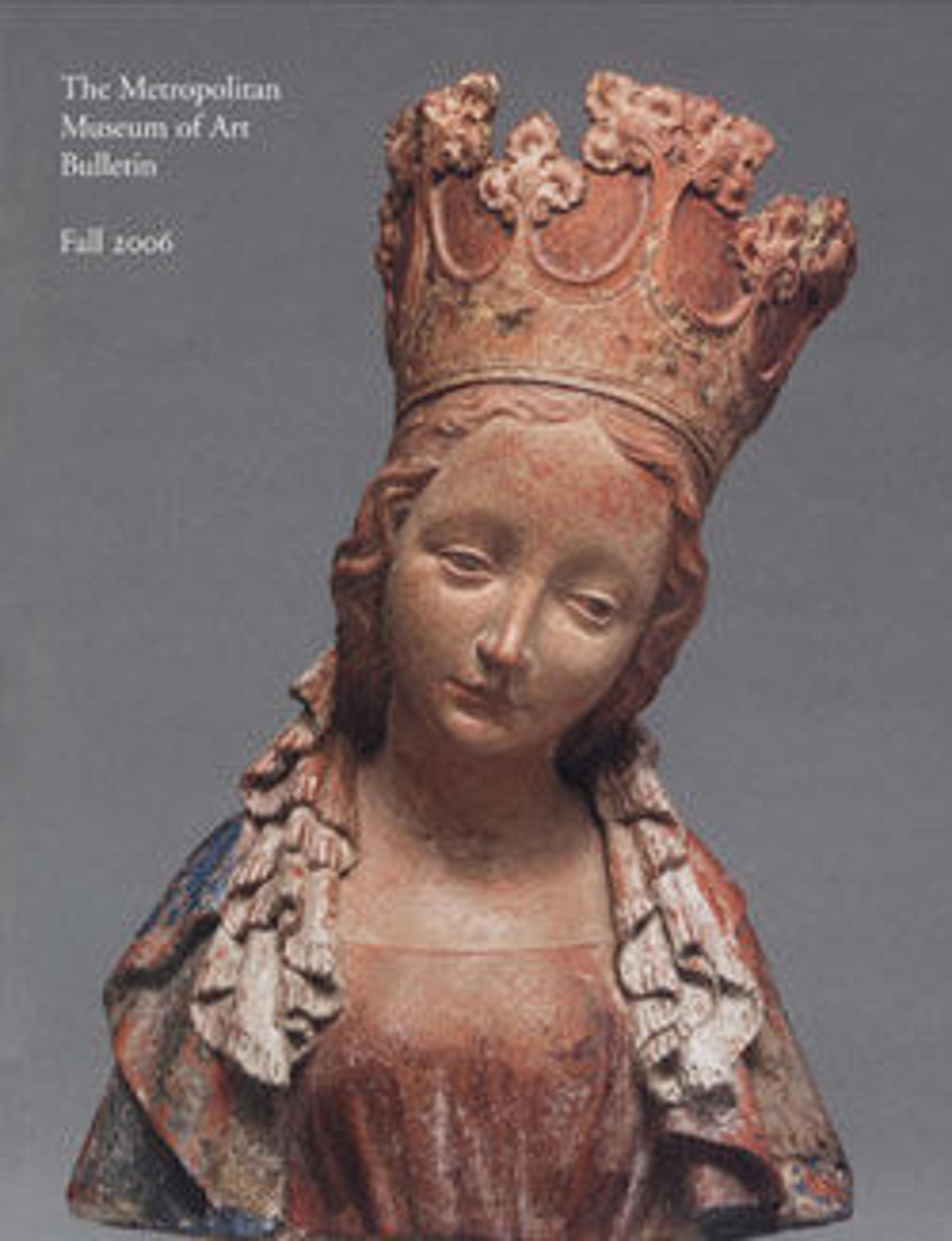Seated Buddha
The Pyu kingdom flourished in central and northern Burma from the early years B.C. to about 832, when Halin, the capital, was sacked by forces of the southern Chinese Nanchao kingdom. The sculpture displays a fluidity of modeling, with an emphasis on soft, flowing volumes rather than a linear development of form, that is seen in early Southeast Asian sculpture. This seated Buddha originally held both of his hands in the teaching gesture (vitarkamudra). The pose is associated with Mon-Dvaravati-period sculpture and is not found in India.
Artwork Details
- Title: Seated Buddha
- Period: Pyu period
- Date: 8th–early 9th century
- Culture: Burma
- Medium: Bronze
- Dimensions: H. 7 7/8 in. (20 cm); W. 5 1/4 in. (13.3.cm); D. 3 1/4 in. (8.3 cm)
- Classification: Sculpture
- Credit Line: Lindemann Fund, 2006
- Object Number: 2006.53
- Curatorial Department: Asian Art
More Artwork
Research Resources
The Met provides unparalleled resources for research and welcomes an international community of students and scholars. The Met's Open Access API is where creators and researchers can connect to the The Met collection. Open Access data and public domain images are available for unrestricted commercial and noncommercial use without permission or fee.
To request images under copyright and other restrictions, please use this Image Request form.
Feedback
We continue to research and examine historical and cultural context for objects in The Met collection. If you have comments or questions about this object record, please complete and submit this form. The Museum looks forward to receiving your comments.
